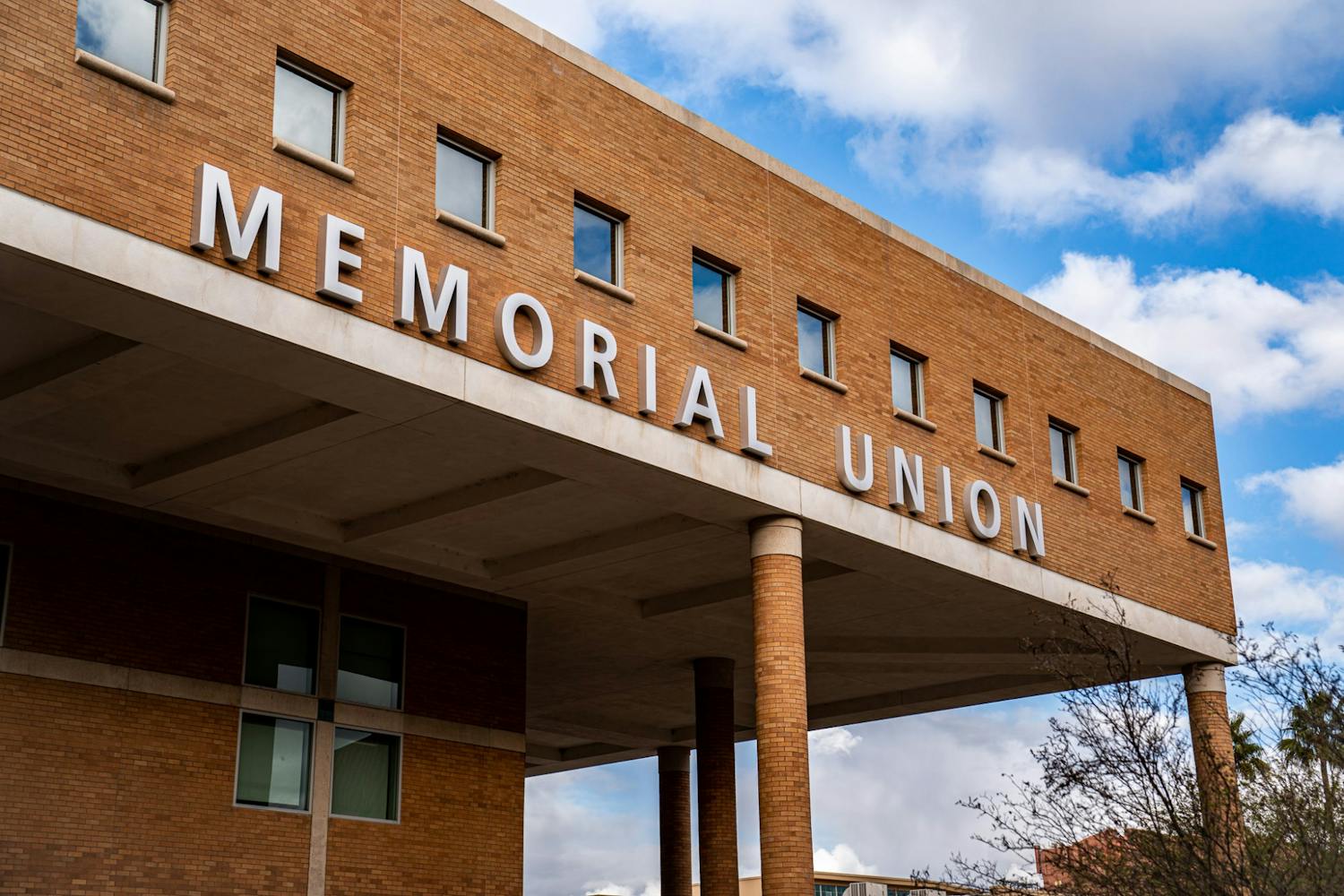Retired ASU lecturer Susan Larson has created inquiry-based mathematics video lessons through a program called the Professional Learning Library to help students meet the new Arizona College and Career Ready Standards.
Larson, who designed the program for Humboldt Unified School District in Prescott Valley said the program is applicable to students in kindergarten through eighth grade.
Larson said inquiry-based mathematics is centered on three basic principles for student learning: Students learn physically, visually and abstractly. Physical learning uses real-life scenarios to teach math concepts and abstract learning strictly deals with formulas and numbers.
“Inquiry-based mathematics deals with making sense of everything you learn,” she said. “You shouldn’t be doing something that doesn’t make perfect sense to you.”
PLL is used to house all of Larson’s video lessons, which are accessible to teachers around the world for free.
Larson said the collection of videos, which feature her teaching the subject matter to a class of students, has spread by word-of-mouth and has had a tremendous impact on teachers around America.
“I use user-friendly language and relate to the students because kids learn in a hands-on manner,” she said. “Humboldt Unified took away math textbooks for kindergarten through fifth grade and now solely uses the videos.”
She worked with a team of 18 teachers this summer for eight days creating lesson plans and videos for each grade.
“We made sure all of the lesson plans were inquiry-based,” Larson said. “Humboldt Unified wanted to continue to compile the best-of-the-best lessons for each math subject.”
Larson said the change to inquiry-based mathematics had great success thus far, including in Humboldt Elementary School, which was named a top-10 Title l school in the nation for its strong proficiency in all subjects.
“It usually takes a long time to change the curriculum, so this type of success is incredible,” she said.
She used one phrase to describe a student’s learning experience with inquiry-based mathematics, which she said students often used to describe her class when she taught at ASU.
“You will learn a lot, but you will need to think a lot as well,” she said.
Heidi Blair, director of educational technology for the Mary Lou Fulton Teachers College, said the videos are very effective because Larson made a 12-minute introductory video and a PowerPoint presentation describing inquiry-based mathematics.
“The whole package provides teachers with great context to the lessons and videos,” she said. “The videos also give students several opportunities to achieve a deeper understanding of the subject material.”
She also said Larson is the perfect fit for the videos because of her enthusiastic nature and relatable teaching style.
“She models and practices what she preachers,” Blair said. “She also engages with the students in the videos, leading other students elsewhere to truly believe they can learn and master the subject material.”
Humboldt Unified Director of Educational Services Cole Young said understanding the shift in instruction has been the primary focus for Humboldt Unified over the past couple quarters.
“The teachers are using the videos to assist in their understanding of the inquiry process, because they are authentic models of what to expect throughout an inquiry lesson,” he said.
Although the process of implementation is not complete, he said the school district is seeing immediate success through the change.
“We have seen student success through the increase of instructional effectiveness due to teachers being more confident and focused on what inquiry instruction looks like because they have access to the videos as a resource,” Young said.
In addition to its immediate impact, Young said the new program is creating conversation throughout the school district.
“This change has teachers, parents and students talking about a new process of math instruction that deepens understanding and builds skills that involve critical thinking, problem solving and the synthesis of new information at a deeper level with students understanding how to apply what they know to new and unfamiliar situations,” he said.
Reach the reporter at Justin.Toscano@asu.edu or follow him on Twitter @justintoscano3.
Like The State Press on Facebook and follow @statepress on Twitter



